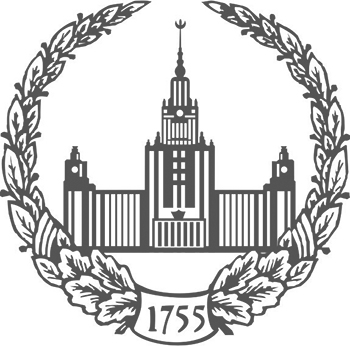Olga Vyacheslavovna Semenyuk
-
Characteristics of above-ground vegetation cover and litters structure on specially protected natural areas within MoscowMoscow University Bulletin. Series 17. Soil science. 2024. N 4. p.204-213read more701
-
In the territories of urban specially protected natural areas in intact ecosystems, the predominance of nemoral species (larch, spruce, linden), meadow species (birch forest), and weed-ruderal species (pine forest) in the living ground cover was revealed. This species composition is not typical for natural zonal phytocenoses. Boreal species are found in small numbers in all plantings, only in larch their share reaches 35%. At the same time, in terms of typology, reserves and spatial distribution of litter of deciduous and coniferous plantations, protected areas correspond to similar characteristics of natural plantations, with the exception of pine plantations. Among the tree species studied, spruce exhibits the most stable influence on the conditions of formation of terrestrial detritus as an edificator. The intensity of the biological cycle in deciduous plantings is higher than in coniferous ones, as evidenced by data on the typology and stocks of litter. Litters, as a component of the ecosystem and as an important link in the biological cycle, are very stable in urban environments and can retain the properties of natural analogues in the absence of significant anthropogenic impact, unlike living ground cover. To expressly indicate the impact of a megacity on forest ecosystems, it is proposed to use an integrated approach based on the analysis of a number of informative and most accessible indicators of grass cover and litter. It has been established that litter of pine plantations is more sensitive to the influence of the metropolis.Keywords: living ground cover; urban ecosystems; express-indication
-



